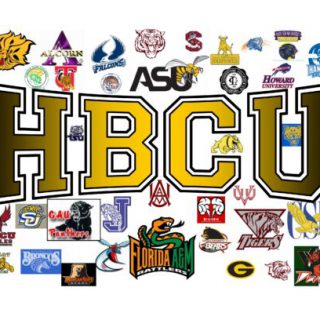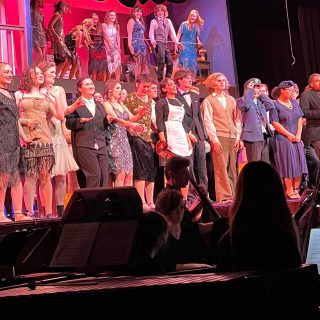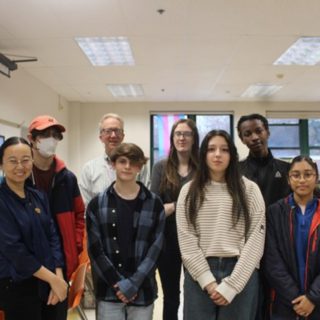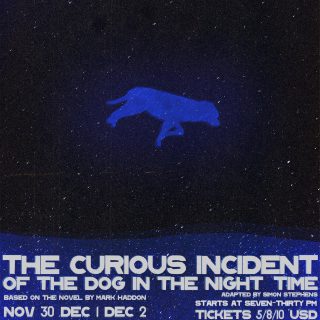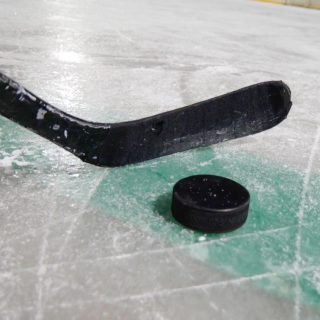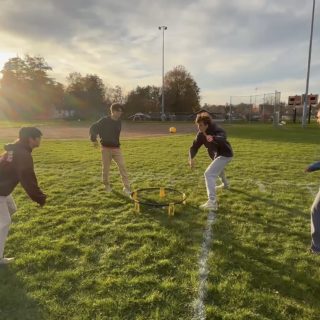The Graphic wins Columbia University’s Edmund J. Sullivan Award for hard-hitting investigative report

On November 20, the Columbia Scholastic Press Association announced its national winners of the 2024 Edmund J. Sullivan Award: ARHS’s student reporters senior Talvin Dhingra, and recent graduates Ian Buchanan, Amara Cheng, Aixa Cruz, Lia Cullen, Victor Cruz-Castro, Walker Goeckel, Charles May, Lucia Lopez, Krish Poudel, Jane Scanlan-Emigh, Jacob Laney, Sea Kay Leung, Jenna Schilling, Tae Weiss, and Deborah Wells.
These students worked together last spring on a story called ‘It’s life or death’: failure to protect trans kids at ARMS a systemic problem, which led to large-scale change and was followed by an equally lengthy report called Breaking the silence: staff members come forward with claims of negligence, misuse of power by district leadership.
Dhingra and The Graphic’s advisor Sara Barber-Just plan to travel to Columbia University in New York City in March of 2024 to receive the award and the pair will speak at the 100th annual spring convention to other student journalists and advisers.
Barber-Just said that The Edmund J Sullivan Award was named for the director of the CSPA for 44 years. “Columbia University has an incredible journalism program, and he was dedicated to getting high school students more engaged in journalism,” she said. “This award [recognizes] Innovative ways of presenting the truth.”
The Graphic was also a finalist for a Freedom of Information Act Award from The Student Press Law Center in Washington, D.C. for using public records, like emails and other data, to write their investigative piece.
The first investigative piece was published on May 9, 2023, a few weeks after the issue of possible transphobia and allegations of conversion therapy against guidance counselors was brought up at a late April school committee meeting, in public comments by parents.
“Students very much wanted to interview the guidance counselors in the middle school about the allegations and reached out to them right away, but the counselors did not ever agree to speak to them,” said Barber-Just.
Once people knew the journalism students were looking into the allegations, families and students started to reach out to Barber-Just and her students with information and eventually Dhingra gained access to many emails and family communications and was able to speak directly with trans students and their parents.
“He started seeing a trend very early on, that students and parents complained to the principal and other school staff on behalf of their trans kids, but things were not being addressed to fix transphobic bullying and other problems,” said Barber-Just.
With 16 different students working on this story, an abundance of information was collected. “It was amazing how many different jobs the students took on,” she said. “The students volunteered to speak to teachers and the school nurse at the middle school, to interview students, and to do research, on everything from bullying policies in Massachusetts to the effects of misgendering. Many people also sent emails to the superintendent and assistant superintendent, seeking comment.”
Barber-Just believes the team was awarded for their innovation “because it’s unusual at the high school level to have such a large team on a story like that.”
While she is proud of her students, Barber-Just said it wasn’t always easy. “I take pleasure in doing my job well, but I didn’t take pleasure in doing this,” she said. “It was incredibly stressful. I was worried all the time. As much as I always encourage students to pursue the truth, it was uncomfortable to work on this story at school. It was highly sensitive. We knew that people’s lives and jobs and reputations were on the line.”
While the process of writing and publishing this story was complicated, the impact was powerful.
“It was very moving to see students so invested in reporting and in crafting a careful story as journalists,” said Barber-Just. “They saw the impact of doing something as simple as asking hard questions and carefully gathering information. They realized journalism can have a huge impact.“


